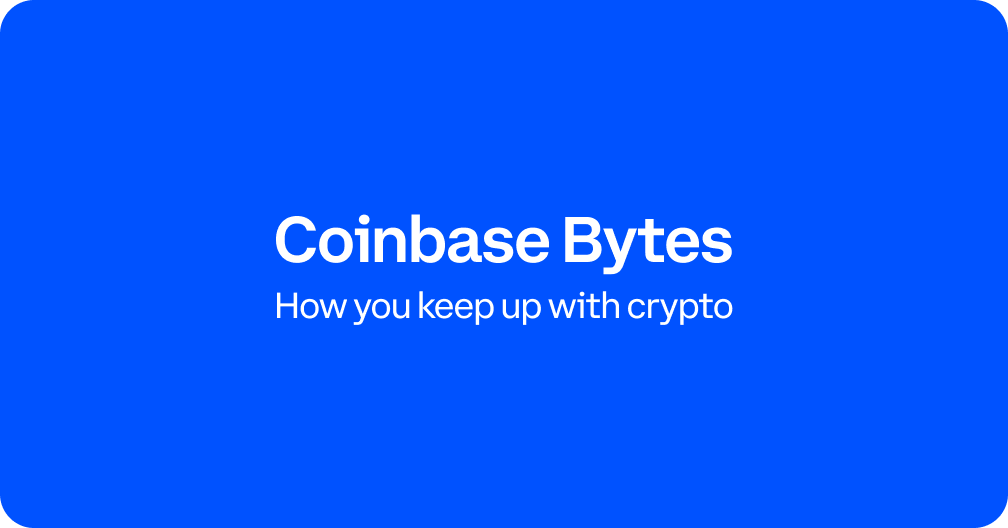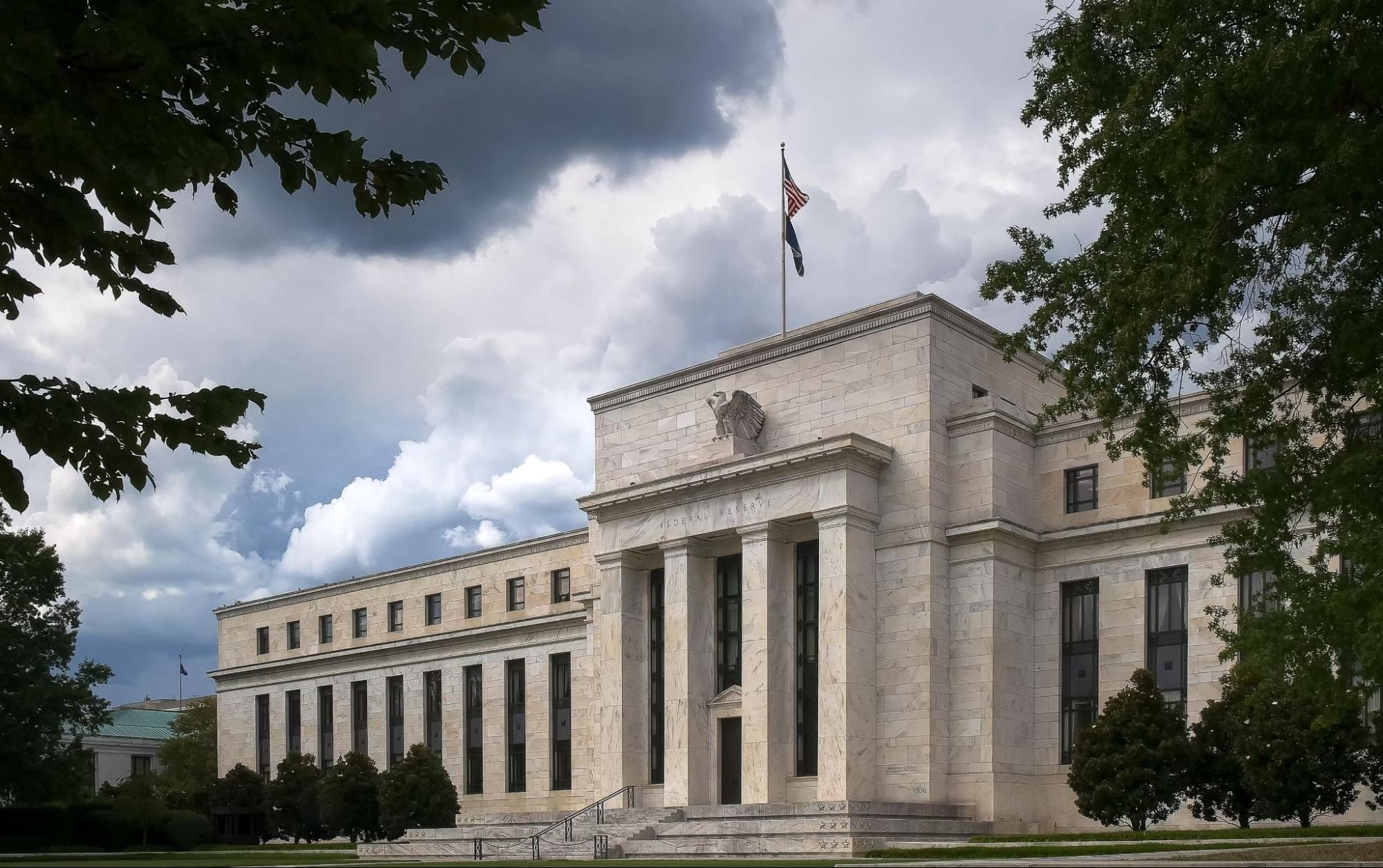Wall Street’s latest crypto moves

Blackrock, WisdomTree, and Fidelity are among the major Wall Street players with crypto ambitions. [Jayson Photography via Getty Images]
There’s never a dull moment on the blockchain. Here’s what you need to know this week:
Wall Street remains bullish on crypto amid market turbulence. The world’s largest firms are pursuing crypto-adjacent ETFs.
The NFT boom has driven Ethereum fees to the moon. Can rivals like Solana and Avalanche benefit?
The week in numbers. The steep price of Justin Bieber’s new Bored Ape NFT, and other key figures to know.
WALL STREET BETS
Markets continue to struggle, but global finance giants are doubling down on crypto
Close your eyes and imagine 2022’s ultimate diamond-hands hodlr. You’re probably not picturing a Wall Street trader rocking a company fleece and staring into a bank of monitors and Bloomberg terminals. But during this rocky moment — as crypto markets have shed more than $1 trillion from November’s highs — institutional money is doubling down. Traditional banks are staffing up on crypto researchers while asset-management giants like Blackrock and Fidelity are ramping up crypto-related ETFs. Meanwhile, the complex macroeconomic backdrop to recent volatility — from the Federal Reserve winding down pandemic-era stimulus and the White House’s forthcoming crypto guidance to fears around Russia’s intentions in Ukraine — continues to unfold. Let’s dig in.
When are interest rates finally going up? Probably March, per last week’s meeting of the Federal Reserve. But we still have little clarity on how many rate hikes we might see in 2022, meaning more volatility is on the horizon as answers emerge.
Investment firms like Credit Suisse, Jefferies, and Canaccord Genuity are hiring crypto analysts to boost their research divisions — the latest sign that crypto is becoming more integrated (and correlated) with the broader market. According to a research exec at Bank of America — which announced its own crypto coverage division late last year — the number of publicly-traded companies mentioning crypto during earnings calls have jumped from about 17 to 147 since last year.
WisdomTree, which manages $76 billion, plans to launch a digital asset wallet called WisdomTree Prime later this year. Users will be able to buy crypto and even tokenized versions of physical assets like gold. Demand for crypto from the firm’s customers is clearly ample: Between the end of 2020 and the end of 2021, WisdomTree more than quintupled its crypto assets under management, from $79 million to over $406 million.
One major question continues to loom on Wall Street: Wen spot ETFs? Exchange-traded funds are a hugely popular asset class that generally track the price of an asset (like gold) or basket of assets (like the S&P 500). As their name suggests, they trade on exchanges and can be bought and sold like stock via a traditional brokerage account. Last year, ETFs holding Bitcoin futures contracts launched to record-breaking success. “Spot” crypto ETFs, on the other hand, would hold crypto directly — potentially bringing a vast wave of capital into the cryptoeconomy. Dozens of firms have submitted applications for spot ETFs, but so far, the SEC has declined to give the green light.
Fidelity, BlackRock, BNY Mellon, and Charles Schwab — which collectively manage assets worth more than $20 trillion — have all recently announced intentions to pursue crypto ETFs. Fidelity, which unsuccessfully filed for spot BTC ETF approval, is now pursuing an alternate strategy. It recently submitted a pair of new crypto-focused ETFs for SEC approval: one would invest in companies engaged in crypto-related fields (mining, support services, blockchain technology) while the other would focus on metaverse companies.
Obstacles to further institutional crypto adoption remain. Both BNY Mellon and Charles Schwab have cited a murky rule-making environment as a reason they haven’t delved deeper into the space. And at least one SEC official agrees. In a recent tweet, SEC Commissioner Hester Peirce criticized her agency for denying BTC spot ETF applications while continuing to allow BTC futures ETFs: “the rationale underlying [the denials] doesn't get any better with time.”
Why it matters... In a new report, Fidelity said that Bitcoin has the potential to become “the primary monetary good,” a major endorsement from a firm with more than $4 trillion to its name. And institutional investors appear to be shrugging off the fact that BTC is down more than 40% from its recent high of $69,000. Indeed, some analysts note that the vast amount of institutional money currently invested in crypto may act as a steadying force — potentially making this downturn different from past dips.
ETHER OR
As Ethereum confronts growing pains, rivals chip away at market share
The universe of crypto applications made possible by Ethereum’s smart-contract compatible blockchain — from DeFi to NFTs and beyond — continues to expand. So why is Ethereum losing market share to alternatives like Avalanche and Solana, according to a recent JPMorgan report? As The total value of the NFT market has surged past $12 billion, Ethereum has struggled to support the huge influx of new users, with issues including high transaction costs. But it’s far too early to count Ethereum out. Not only does it lead by market cap, total value locked, developers, and users — the Ethereum Foundation is ramping up efforts on the fundamental scaling solution that, until recently, went under the name ETH2. Now referred to as the “Consensus Layer,” it has the potential to vastly increase Ethereum’s transaction speeds and lower costs for users. Let’s take a look.
Ethereum has long employed a “proof-of-work” consensus mechanism, which uses mining to verify transactions and generate new ETH. But starting last year, developers began shifting the blockchain to a “proof-of-stake” consensus mechanism — which promises to be faster, cheaper, and more energy efficient than the current system. So why change the name of the upgrade from ETH2? Mainly, developers said, because it created confusion among users worried their current ETH holdings would be lost or impacted when the “new” ETH was finished — the name change is designed to convey the idea that Ethereum is simply being upgraded, as opposed to being replaced.
The Ethereum blockchain’s most popular application is the NFT marketplace OpenSea, which recorded an all-time high $4.9 billion monthly trading volume in January. As traffic continues to surge, so do the fees for processing transactions, leading users and developers to explore alternative solutions. OpenSea, for one, is reportedly considering supporting Solana’s Phantom wallet.
Solana is one of the fastest-growing “Ethereum-killer” alternatives, offering significantly speedier and cheaper transactions. Solana’s Phantom wallet raised $109 million this week, and reports nearly 2 million monthly users (compared to 21 million for Metamask, one of the most popular Ethereum wallets). In other recent Solana-based NFT news, the Coachella music festival is selling 10 golden ticket NFTs that will grant holders lifetime VIP access to the California event. Still, Solana —� like most emerging technologies — has its own challenges, including a recent string of prolonged network outages.
Alternative chains including Avalanche and Flow have also been gaining NFT market share — although Ethereum’s volumes remain vastly higher than all of the upstart competitors combined. Ethereum hosted billions of dollars worth of NFT sales in January, while Solana’s NFT market surpassed $180 million, Avalanche hit $45 million, and Flow (which hosts NBA Top Shot and recently partnered with Kevin Durant) reached nearly $60 million.
Why it matters… Can Ethereum scale fast enough to support explosive interest in NFTs, gaming, and other crypto applications? Ethereum’s Consensus Layer upgrade promises solutions to high fees and slow transaction times, but Ethereum is no longer the only player in the space. Current estimates indicate that the upgrade should be finished in the next year or two — in that time alternative chains like Solana, Avalanche, and Flow may refine their offerings and chip away at Ethereum. Meanwhile, Ethereum Layer 2 solutions like Polygon — which operate like HOV lanes and help reduce congestion on the main blockchain — are gaining market share as another scaling option that may help Ethereum maintain its edge.
NUMBERS TO KNOW
$8 trillion
Amount that the metaverse — the virtual and augmented reality in which we may all be doing much of our living, working, and playing in the future — will someday be worth according to Goldman Sachs. Ark Invest’s Cathie Wood sees a multi-trillion dollar opportunity, too. “It’s a big idea that will probably infiltrate…every sector in ways that we cannot even imagine right now,” she told CNBC in December.
$2.5 billion
Amount that payments giant Visa says customers spent using crypto-linked cards (including Coinbase Card) in its first fiscal quarter of 2022. Visa’s CFO told CNBC: “People are using their crypto-linked cards to spend in a variety of ways — retail goods and services, restaurants, travel. They’re increasingly being treated like a general purpose account.”
500 ETH
Price (about $1.3 million) that Justin Beiber paid in January for a Bored Ape Yacht Club NFT — the go-to collection for celebrities including Post Malone, Steph Curry, and Diplo. The singer shared his Ape to his nearly 220 million Instagram followers on Monday, captioning the pic with lyrics from his song “Lonely.”
30%
Proposed tax rate for any income from crypto transactions in India — including selling at a loss. In related news, Finance Minister Nirmala Sitharaman announced the country’s digital rupee, a central bank digital currency (CBDC), which is a digital version of government-issued money.
TUNE IN
Visualize crypto’s wild year with 69 charts and graphs
While the last year in crypto has been unprecedented, it certainly hasn’t been uncharted. In fact, quite the opposite — Coinbase Cloud protocol specialist Elias Simos gathered 69 graphs that illustrate crypto’s record breaking year. And on this week’s episode of our Around The Block podcast, Elias joins hosts Justin Mart and Katherine Wu to break down his most fascinating findings about emerging blockchains, NFT mania, memecoins and more.
TOKEN TRIVIA
How frequent are Bitcoin halvings?
A
Every six months
B
Every six years
C
Once per decade
D
Every four years
Find the answer below.
Trivia Answer
D
Every four years










